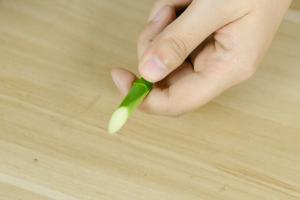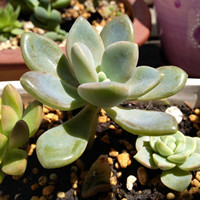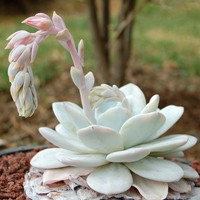How to Plant Coconut Tree in Thailand
Thailand is known for its warm and tropical weather, and as such, it has become one of the top producers of coconut. Coconut trees thrive in this country and have become an essential part of Thai agriculture. If you want to start planting coconut trees in Thailand, here is a step-by-step guide on how to grow them successfully:
Choosing a Location
The first step in planting coconut trees is selecting the right location. Coconut trees need plenty of sunlight, so be sure to pick an area with unobstructed access to direct sunlight. The soil should also be able to retain moisture, with good drainage to avoid waterlogging that could harm the plant.
Preparing the Soil
Coconut trees prefer sandy loam soil that is slightly acidic, with a pH of around 5.5 to 7.0. To prepare the soil, ensure that it is well-drained and free of weeds. Clear the area where you want to plant the coconut trees, and use a shovel to dig a hole about 50cm deep and 50cm wide. Mix compost and organic matter, such as leaves or animal manure, into the soil and use this mixture to fill the hole.
Planting the Coconut Tree
The coconut tree needs a lot of space to grow, so plant it at least 8 meters away from other trees, houses, or other structures. The planting process is quite simple. Remove the husk from the coconut, leaving only the brown shell. Dig a hole in the soil just deep enough to contain the root ball, and then place the coconut shell in the hole with the top half exposed above the soil level. Cover the shell with soil, and water well.
Caring for the Coconut Tree
After planting, it is critical to care for the coconut tree properly. The tree needs adequate water and should be watered every day, especially during the dry season. Fertilization is also necessary to boost growth and maintain good health. Use nitrogen and potassium-rich fertilizers, and apply them once every three months. It’s also essential to prune your trees annually to remove any dead or diseased fronds and eliminate any coconuts that might be a hindrance to the growth of the trunk.
Harvesting the Coconuts
Coconut harvesting usually begins after the tree is around six to seven years old. The first fruits are generally small, but once the tree reaches its prime, it can yield up to 80 coconuts in one harvest. To harvest the coconut, use a long pole with a knife attached to the end of it to cut it down from the tree. Once on the ground, remove the husk, allowing the nut to dry in the sun, and then store them in a dry and cool place.
In Conclusion
Coconut trees are an essential source of food, oil, and other essential products, and they can provide a significant economic boost. By following the instructions outlined above, you can successfully plant coconut trees in Thailand and enjoy the many benefits they offer.

 how many times do yo...
how many times do yo... how many planted tre...
how many planted tre... how many pine trees ...
how many pine trees ... how many pecan trees...
how many pecan trees... how many plants comp...
how many plants comp... how many plants can ...
how many plants can ... how many plants and ...
how many plants and ... how many pepper plan...
how many pepper plan...




























